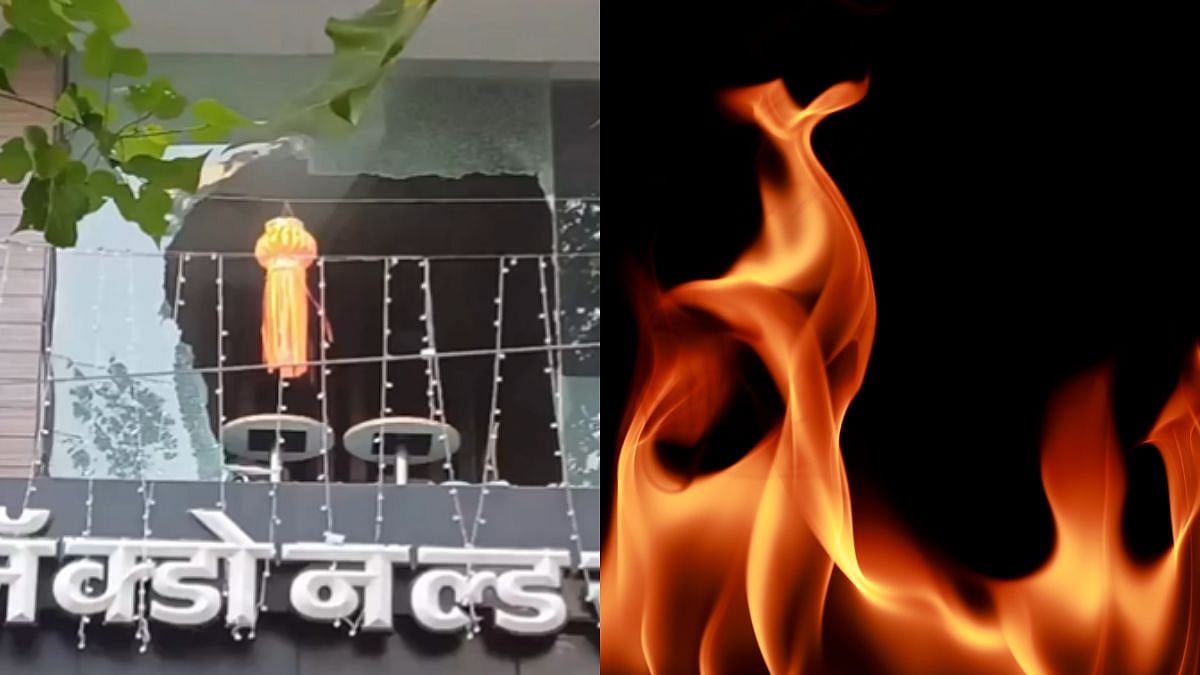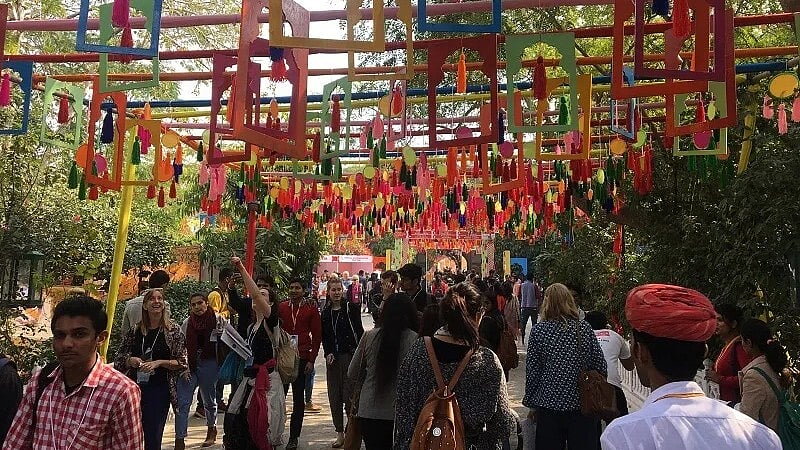For the last 20 years, the Department of Academy of Theater Arts, established in the year 2003 in Mumbai University, has been following a discipline that students should perform for the students and general audience as a part of their curriculum. Students have to stage plays in different genres and showcase their talent. While we, the professors, chip in as directors, established directors are invited to direct them once in a while. This is part of their training. The idea is to introduce the students to the varied theatrical genres via these performances. Also, exposure to outside directors helps understand the game.
Most often we prefer folk art or folk theater as it enables the students to understand the art and express themselves. These performances are a part of their exams as well.
Where it all began
For the last four years, I was thinking that I should do a play on the life of Vithabai, a veteran lavani dancer with an eventful life, with the students of the Academy. For the first time, we decided to do this play in February 2020. We had began to rehearse as well. Milind Hate was doing the music for the play and Megha Ghadge was going to do the choreography.
But due to Covid-19 pandemic, the rehearsals were stopped. So, this year, when I got an opportunity to plan a play with the first year students, I chose Vithabai written by Sanjay Jeevane.
Who was Vithabai?
Vithabai is an unmistakable name on the stage of tamasha art. She was a lavani empress, who has been ruling the audience as an artiste since the age of 13, when the ghungaru were first tied around her feet. The entire family of Bhau Khude Narayangaonkar used to work in folk theater — tamashas.
Vithabai was trained at home. Vithabai had a beautiful face, sweet voice and was a natural actress. Irrespective of the detractors, the audience bestowed the title of Tamasha Samradhni on Vithabai, thanks to her immense talent.
Vithabai’s personal life was quite dramatic. It was royal and difficult. She did encounter difficulties at a young age, but on stage she never let the audience feel her personal angst and trauma in her dancing, acting or singing. Vithabai became a legend during her lifetime.
The purpose of choosing Vithabai was to familiarise the students with the acting style and presentation of a tamasha. And to make them understand that the bottomline of the show business, quite often, remains — ‘show must go on’.
Tamasha
It is well-known that tamasha is an art form conceived by the artists of the Bahujan community. Many accusations of rusticity, obscenity, vulgarity have been levelled against this art form, which is very popular among the people of Maharashtra; especially so in rural areas. If considered in the Indian social context, obscenity is a relative concept. Therefore, to what extent should the previous criticism of obscenity and vulgarity be accepted? The ‘crude’ language is the true falcon of tamasha performance. In fact, quite often, it is the permanent spirit of tamasha.
In tamasha, comedy is created from the language of tamasha, jokes, linguistic puns, satire commentary on contemporary political and social situations. What appears to be obscene to the urban crowd is a local lingo for the rural, which makes it an integral part of the tamasha script.
The script looks at the socio-political situation, the good and bad happenings in the society from a fish-eye lens and comments on them with no bars held.
We decided to keep the traditional essence of the tamasha and retained its authenticity but modified it in certain ways so that it can be performed by the students. They were, along with the life of Vithabai, introduced to the other traditional elements of the tamasha viz. gana, gavalan, batavani, and lavani.
In a form like tamasha, music and dance has to be worked on first. the rest of the movements of the actors and the scenes are planned later.
To present this drama in the style of tamasha meant to work separately on gana, gavalan, batavani. It entailed casting in groups so that all the students get a chance to work in the play. It also meant explaining the style of tamasha to them. It is important that the students understood the authentic and traditional style of tamasha.
Finally, on stage
When Milind Hate passed away in July 2022, Ashutosh Waghmare was chosen as the music director as he had done music for my earlier plays Nishani Dava Angtha and Mee Ladachi Maina Tumchi. Sangeet Natak Akademi awardee Chayatai Khutegaonkar, hailed as lavani empress of Maharashtra, was invited for choreography.
I wanted the stage and the surrounding to have the feel of a real tamasha. To achieve that I wanted the entire auditorium to be covered with curtains ‘kanat’, and the lighting also to be done in the same way as in a tamasha, so that the audience feels like they are sitting in a tent and watching a tamasha.
Art director Jayant Deshmukh was requested to design the set for the play. He designed the stage and auditorium as I had envisioned. Muktakash stage in Vidyanagari campus of Mumbai University transformed into a kanat (tent), and Vithabai was successfully staged by the students of first year. The auditorium was packed on all four days. The audience gave a spontaneous response that the play should be showcased on a commercial stage. Vithabai turned out the way I had imagined.
As the director of the play, this is the feeling of gratitude and satisfaction that the hard work of all the student, artists and technicians has finally paid off.
Having said all this, I have to clarify one thing — this play is not a complete tamasha. It is an attempt to understand Vithabai’s life and convey it to the audience using the tamasha style. And an effort to introduce the students and the audience to a folk form of Maharashtra.
(Dr Mangesh Bansod is Associate Professor, Academy of Theater Arts, Mumbai University)













